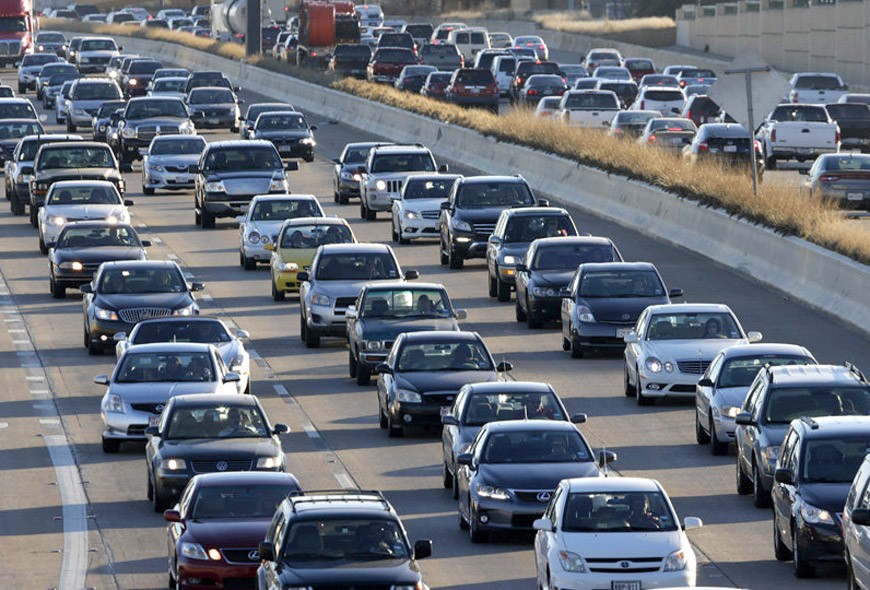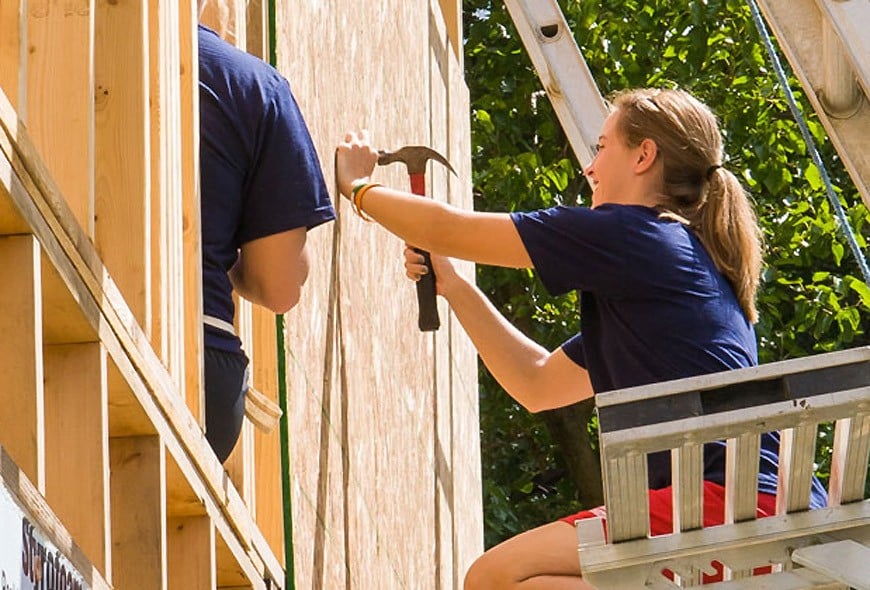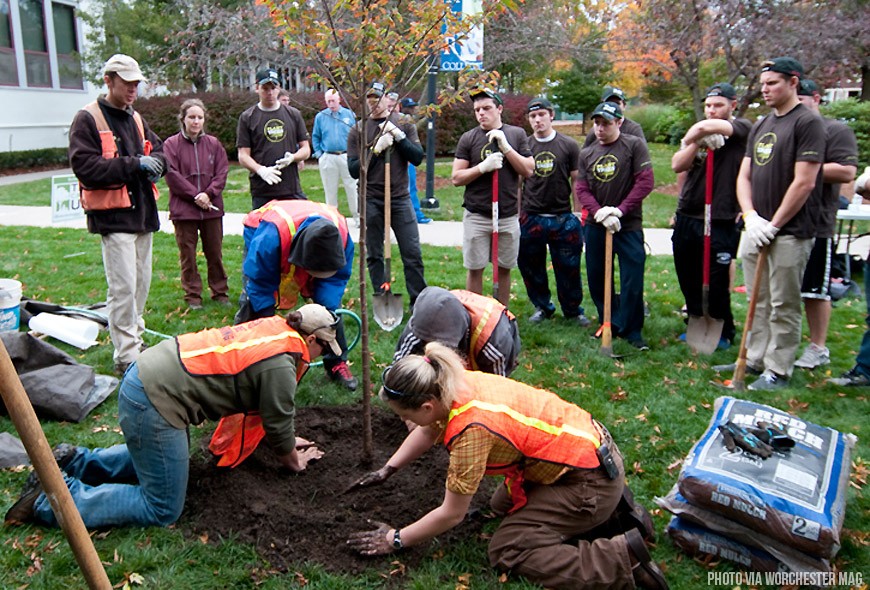There was a time in American history when home ownership was considered the cornerstone of the American Dream. Millions of young families flocked to the suburbs in search of open space, schools, security and that perfect home with a white picket fence.
Compared to previous generations, millennials have a record low participation in the housing market. Pew Research has shown that all of this is occurring at a time when a record number of young adults are renting or living at home for various financial reasons.
Times of crisis produce an opportunity for introspection. Perhaps it is time that we reevaluate the values attached to the notion that home ownership is the cornerstone of the American Dream.
Did suburbs make life better or worse for Americans?
The suburbs grew bigger, and we travelled farther to find our slice of heaven. Americans fled to the suburbs in order to escape the perceived problems associated with cities. Fueled by cheap credit, roads were built to feed the growing desire to move farther away.
Consequently, town squares were replaced by donut shops, strip malls, box stores and burger joints. Public spaces that were once critical to civic engagement have all but disappeared from many of our suburban spaces.
Suburbs have tragically failed in creating sustainable communities. We spend more time driving than ever. And as a result, individualism and separation have weakened our sense of community.
The atmosphere was ripe for cheap construction, higher transportation costs and unhealthy commuting habits. Furthermore, the environmental impacts of sprawl devastated valuable farms, forest and habitat.
With good intentions, affordable homes were seen as a path forward for millions of low income families. The exponential rise in housing created a naïve optimism among financial experts, home flippers and real estate professionals.
Homeowners were encouraged to borrow from their equity, and buy even bigger homes. When the financial collapse in 2008 occurred, the vast majority of Americans were caught off guard. Easy credit and housing as the cornerstone of the American Dream was exposed as a pyramid scheme.
Now, we have a substantial increase in poverty throughout the suburbs of America. It is time that we reevaluate the idea that all growth is good growth.
Creating sustainable communities
Research done by Neil Howe has shown that one of the greatest traits of the millennial generation is the desire for community and cooperation. Creating sustainable communities is a key element for the future success of all Americans.
At this moment we can begin to redefine the meaning of the American dream. It is time we begin to see the flaws in the narrative that bigger suburbs and bigger homes financed by unlimited credit create better communities.
The suburbs are not inherently evil, and it would be disingenuous to completely disregard them as an old relic of the past. However, a system that increasingly destroys the environmental integrity of our valuable rural areas in exchange for asphalt, tract developments and boxed stores must be examined from a critical perspective.
We can create sustainable communities by informing ourselves, voting on important community issues and making informed financial choices.
Developing denser, better developed suburbs with proper access to transportation, and cultural amenities is critical. We cannot magically get rid of the suburbs, but we can better integrate them into our built environment through transit oriented development.
Providing better access to jobs, healthcare and schools through mixed use development will encourage Americans of all communities to be interconnected with one another through sustainable living. The relationship between the built environment and human beings is critical to a person’s sense of place and community.
Many financial experts are declaring 2015 as the year that millennials begin to move into the housing market. It is important that we inform ourselves on the types of mortgages available, and whether we can truly afford what we supposedly qualify for.
As equity grows in our homes we should resist the urge to treat our homes as piggy banks. One of the greatest tragedies of the housing collapse was the fact that many lenders encouraged homeowners to treat their house as a bank despite the obvious risks involved.
Forming the New American Dream
Living in a bigger home is not necessarily better if we have to give up living in a community with easy access to jobs, transportation, and healthcare.
At times it feels that we are powerless, but on a personal level we can choose to support small businesses. Local businesses and restaurants are the corner stone of vibrant communities. During the great suburban expansion many small businesses were destroyed by mega malls and box stores. Instead, we can vote for measures that protect local farmland and encourage the development of more transit options such as light rail over roads.
There are numerous conservation organizations out there that provide key information for volunteers and voters.
There is no doubt that the current suburbs are here to stay. However we can create more sustainable suburbs that are better integrated within our cities by supporting initiative and programs that create interconnectivity and sustainability.
We don’t have to accept the narrative that housing is the cornerstone of our dream. The new American Dream can become a better lifestyle through community involvement, sustainability, and environmental stewardship.




